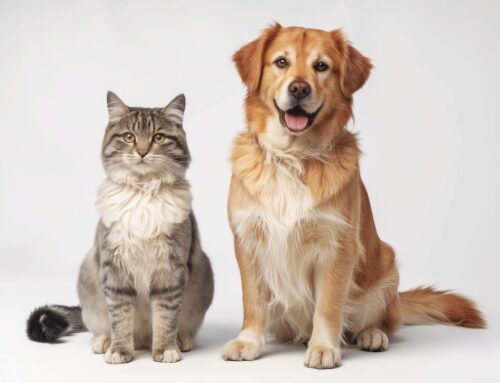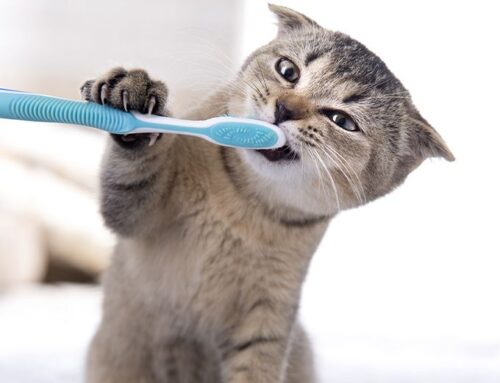L et’s be honest—cats are food critics in fur coats. One day they’re thrilled by chicken pâté, the next they act like you’ve insulted their ancestors by serving the exact same thing.
et’s be honest—cats are food critics in fur coats. One day they’re thrilled by chicken pâté, the next they act like you’ve insulted their ancestors by serving the exact same thing.
But behind the finicky behavior is a real need: a balanced, nutritious diet that supports their nine lives (and maybe a few extra for good measure).
So, what should go into your cat’s bowl?
The Building Blocks of a Purr-fect Diet
Adult cats are obligate carnivores. That’s a fancy way of saying they’re meat-eaters through and through. Unlike dogs, who can handle some plant-based ingredients, cats require nutrients that are only found in animal tissues.
Here’s what they need:
- Protein, please! High-quality animal protein helps maintain lean muscles. Think chicken, turkey, fish, or beef.
- Fats (yes, really) provide essential fatty acids for skin, coat, and energy. Plus, they make food extra tasty.
- Taurine, an amino acid that’s crucial for heart and eye health. It’s found in meat—and must be in every cat’s diet.
- Vitamins and minerals, like calcium, phosphorus, and B vitamins, keep the whole system purring smoothly.
- Moisture matters—cats naturally don’t drink much, so wet food or added water can help with hydration.
Dry vs. Wet vs. “My Cat Only Eats at 3am When I’m Asleep”
There’s no one-size-fits-all. Some cats do great on high-quality kibble, others prefer wet food—or a mix of both. The key is balance and consistency.
- Dry food is convenient, helps with dental health, and has a long shelf life.
- Wet food provides hydration and tends to be more appetizing.
- Combination feeding gives your cat variety and the best of both worlds.
Bonus tip: No midnight snack fests unless you want to be trained by your cat.
Read the Label (Your Cat Can’t—You Must)
Look for complete and balanced food with ingredients that are recognizable, and meat should be at the top of the list. Beware of flashy marketing terms like “premium” or “natural”—they don’t always mean better nutrition.
Don’t Forget Portion Control
Even if your cat claims they’re literally wasting away, obesity is a common issue. Follow feeding guidelines on the label, but adjust based on your cat’s weight, activity level, and your vet’s advice. Measuring portions beats guessing (and avoids chunky consequences).
Treats: Because You Love Them, Not Because They’re a Bottomless Pit
Treats are fine in moderation, but they shouldn’t exceed 10% of your cat’s daily intake. Beware dreamies … they seem so irresistible to cats that I’ve been tempted to try them myself…And human food? Mostly a no-no. (Sorry, Whiskers, the buttered toast is not for you.)
A Word About “Homemade” and Raw Diets
Unless formulated by a veterinary nutritionist, homemade meals and raw diets can lead to serious nutritional imbalances. If you’re keen on cooking for your cat, do it with your vet’s help—not Dr. Google’s.
Final Meow
Feeding your adult cat a balanced diet is one of the best ways to show love. It’s not about chasing trends or buying the fanciest brand—it’s about giving them what their body needs to thrive.
Because at the end of the day, you want to keep that purring engine running smoothly—for snuggles today and the many catnaps to come.
New family member? Take a look at our Puppy & Kitten Info Sheets.
You can even download them and pass them on to friends and family.





